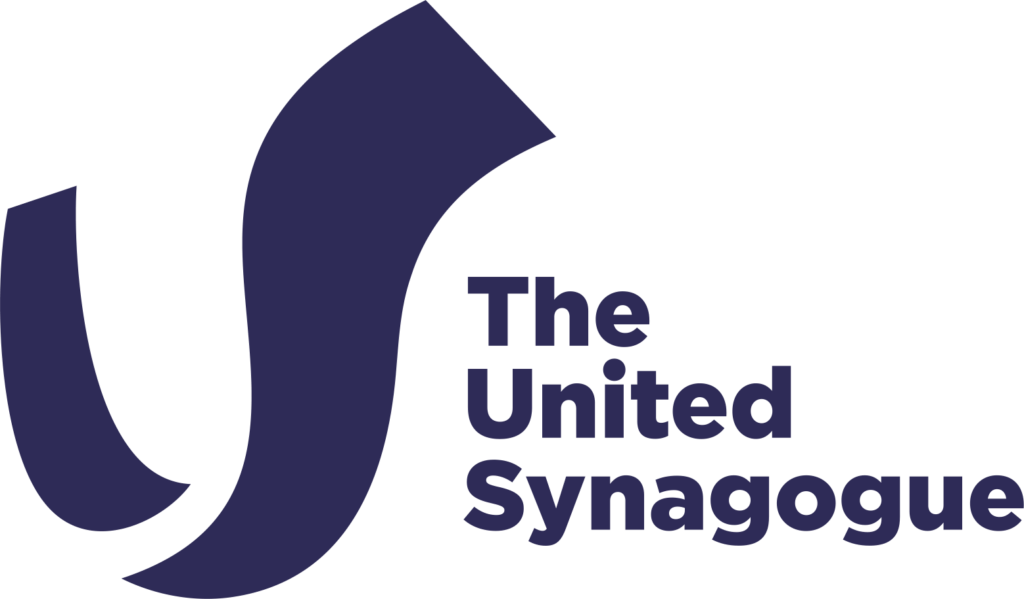The loss of a loved one is never easy and recognising the grieving process is different for everyone, Jewish customs and traditions dating back millennia provide comfort and support for mourners. On this page you’ll find thoughts and ideas designed to help our members and the wider community in the most difficult of times.
Before the burial, two essential steps occur: the Taharah (purification) and the Levayah (funeral). The Taharah involves ritually cleansing and preparing the body, recognizing the sanctity of the life that resided within it. The deceased is dressed in special white clothing symbolizing purity and holiness.
The Levayah, or funeral procession, is an act of respect for the deceased. It represents the connection between the living and the departed, emphasizing the shared divine essence that transcends the physical and spiritual realms.
Jewish burial practices insist on returning the entire body to the earth in a way that allows for natural decomposition, with a focus on preserving the body’s dignity and integrity. The Chevra Kadishah is a group of men and women dedicated to ensuring proper Jewish burials; they attend to the Taharah whilst the Levayah is usually conducted by a rabbi or minister. It is crucial that fellow Jews handle the body and conduct the burial in a Jewish cemetery.
The funeral service comprises several components, including the rending of garments (Keriah), the eulogy (Hesped), escorting the deceased (Lavayah) and the burial (Kevurah), accompanied by prayers. The burial is the final act of caring and is considered a mitzvah, ideally involving the participation of fellow Jews.
The mourners are comforted immediately after the burial, with those attending often forming lines to express traditional words of comfort. The mourning process continues with the seven-day Shiva mourning period and further stages of mourning.
The Shiva period, which follows the burial, lasts for seven days, culminating on the morning of the seventh day. It is a time when mourners take a significant break from their daily routines to focus exclusively on remembering the deceased, finding ways to honour their memory and seeking solace from their extended family, friends, and the community. Key practices during Shiva include:
Condolence Meal: Upon returning from the cemetery after the burial, mourners are provided with a special meal of condolence, traditionally consisting of bagels and hard-boiled eggs, symbolizing the cycle of life.
The House of Mourning: Mourners remain in the house of mourning throughout the entire week, where relatives, friends, and community members come to console them and participate in activities like prayer, Torah study, giving charity, and other mitzvot performed in memory of the departed. The Kaddish is recited during the prayer services.
No Work or Business: A fundamental law of Jewish mourning is the prohibition of working or conducting business during Shiva.
Daily Minyan: A minyan (prayer quorum) gathers for daily prayers in the house of mourning so that mourners can recite the Kaddish. Please be in touch with your local shul if you need to borrow some books to use at these services or need other guidance. Mourners go to shul for prayers should that prove more feasible than having prayers in the house of mourning.
Memorial Candles: Candles are lit in memory of the deceased, with five candles often representing the five levels of the soul.
Covering Mirrors: Mirrors and pictures in the house of mourning are covered during the Shiva period.
Low Stools: Mourners sit on low stools instead of regular chairs. Your shul office will likely have these available for use.
No Leather Shoes: Mourners refrain from wearing leather shoes.
Grooming: Mourners do not shave, cut their hair, bathe for pleasure, or launder their clothes during Shiva.
Marital Relations: Mourners abstain from marital relations.
No Music or Entertainment: Mourners do not engage in entertainment or enjoy music.
No Torah Study: The study of Torah, which is considered a source of joy, is not permitted during Shiva. However, non-joyous parts of Torah, laws and ideas pertaining to bereavement and ethical books can be studied.
Shabbat: On Shabbat, public displays of mourning are suspended, and mourners may attend services at Shul and recite Kaddish.
Ending Shiva: The Shiva concludes on the morning of the seventh day following the burial, allowing mourners to return to their regular routines while receiving condolences from those present.
Your rabbi and rebbetzen are there to advise, counsel and help you throughout this process.
Visiting the mourner in the house of mourning is considered a great mitzvah. Usually, one should wait for the mourner to initiate conversation and refrain from making small talk with other visitors so that the focus is on the mourner and the deceased.
Visitors can share memories of the deceased, participate in prayers and other activities dedicated to the departed as well as offer words of comfort, including the traditional line:
Hamakom yenachem etchem betoch shaar avlay tziyon veerushalayim.
May God comfort you among the mourners of Zion and Jerusalem.
Kaddish is a prayer which is recited during all daily, Shabbat and Jewish Festivals services. There are a few variants for different occasions and the mourners Kaddish is traditionally recited close to the end of each prayer service. A mourner should recite Kaddish three times a day in the presence of a minyan (10 men) during the first 11 months following the passing of a parent or one month for the passing of a spouse, child or sibling. Kaddish should also be recited annually on the Yahrzeit (anniversary of death).
The mourners kaddish has one additional sentence which translates to: “May there be great peace from heaven, and life for us and all Israel; and say, Amen.”
As you can see, in a time of mourning, both the mourner and the congregation focus on the positives and this should help somewhat in comforting both the mourner and those who have lost their loved ones.
Click here to download the mourner’s Kaddish in Hebrew, English and transliteration.
Click here to download A Guide to Kaddish for Female Mourners
For more background on these practices and reflections about bereavement in Judaism, please see articles in Sefer Hashiva, the United Synagogue’s book of prayers and essays for shiva houses.

